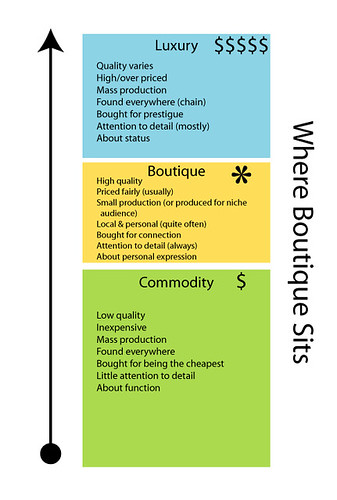In Which Our Protagonist Discovers We Need More Good Public Policy People Who Understand Security
Posted November 4th, 2008 by rybolovNote the emphasis on good. Note the emphasis on public policy.
Yes, folks, we need good policy people. Think about the state of security and public policy today:
- We have FISMA which is a law. Everybody’s whipping boy but it’s exactly where it needs to be to have risk-based management of IT security.
- We have a framework for implementing FISMA. It’s a pretty good set of process, policy, and standards that have spilled over into the private sector.
- You need a crowbar to get good/smart security people to deal with politics, it takes a death ray to get them to deal with public policy.
- We don’t have high-level policy-makers who understand risk management and they are co-opting the model of compliance.
- Public policy is the upstream neighbor of information security and what public policy people do influences what we do.
- If we want to succeed in security at the operational and tactical level, we need to have the right decisions made at the strategic level, and that includes public policy.
- I’m not just talking about security and the Government, this is also with things like breach laws; compliance frameworks (PCI, HIPAA); and how unpatched and zombified desktops hurt everybody else.
So in true Guerilla CISO style, I’m doing something about it. Armed with my favorite govie (who is actually the lead on this, I’m just a straphanger), The New School of Information Security (Hi Adam and Andrew), some government policy directives, and the National Strategy to Secure Cyberspace, I am teaching an Information Security Management and Public Policy class for Carnegie Mellon’s Heinz School.
The more I work with the Masters of Science in Public Policy Management program, the more I’m sold on it. Basically the students do a year on-campus in Pittsburg, then they have the option of staying there or coming to DC. The students who come to DC work a 32-hour week (some do more), 2 night classes, and class for most of Friday. Our information security class fits in as a sector-specific deep-dive, the other one being healthcare (which needs smart public policy people, too).
Which is where we need some help. It’s a little behind the game, but we’re constantly looking for Government agencies, NGOs/NPOs, and contractors who are interested in taking on interns. Even better if you have jobs that don’t have a US citizenship requirement. If you want to be linked up, just drop me a line.
And oh yeah, my blogging has slowed down because I’m working 2 new projects and traveling to Tennessee and teaching Thursday nights and my life just got way busy. =)

Alexander Hamilton Statue photo by dbking.
Similar Posts:
Posted in The Guerilla CISO, What Works |  No Comments »
No Comments »
Tags: blog • compliance • fisma • government • law • management • omb • publicpolicy • risk • security
 Posts RSS
Posts RSS




